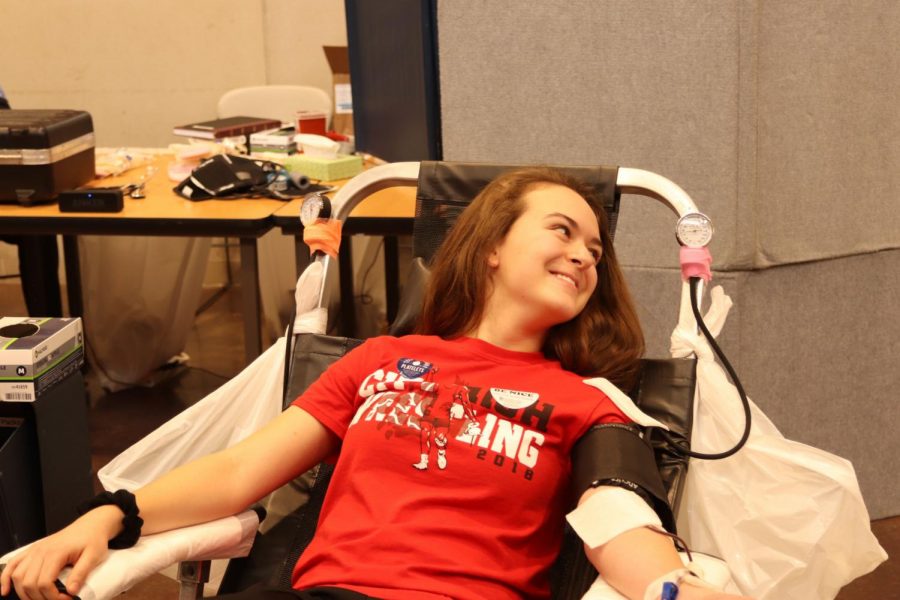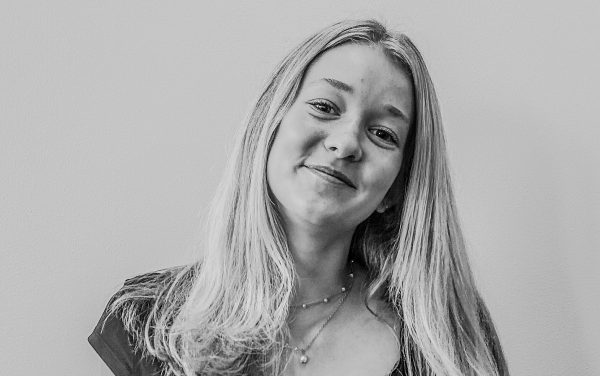Bleeding Red – Literally
The City High Interact Club conducted its annual blood drive in conjunction with the University of Iowa DeGowin Blood Center.
Kiana Chalupa ’20 gives blood.
January 7, 2019
With the Commons filled with donors and nurses, the City High Interact Club hosted its annual student/teacher blood drive in conjunction with the University of Iowa DeGowin Blood Center. Over 30 students participated, donating around one pint of blood each.
O negative blood type, the universal donor, is most beneficial to those in need. However, every blood type and donation is useful; according to the Red Cross, each donation can save up to three lives. Statistics like these and a desire to help those in need of blood encouraged students like Sydney Fellows ‘20 to participate in the blood drive.
“I know it supports a good cause, and I’ve never donated blood before, so I just wanted to know what is feels like and help people out,” Fellows said.
Unlike some other parts of the body, blood can’t be manufactured in a lab. According to Jessica Hinrichs, the University of Iowa blood drive coordinator, this is what makes blood drives so essential. Blood drives are also the most efficient way to organize members of the community, such as teachers and students at City High, to donate blood.
“In order to save a life, we need volunteers to come in and donate,” Hinrichs said. “Everything we collect goes to the University of Iowa Hospitals and Clinics and then to the Stead Family Children’s Hospital so those patients who have cancer or have had experienced different traumatic events have extra blood.”
However, some first-time donors such as Lydia McIntire ‘20 were not geared toward the needle aspect of blood giving.
“I almost fainted, but at least I know what it’s like now!” she said.

































